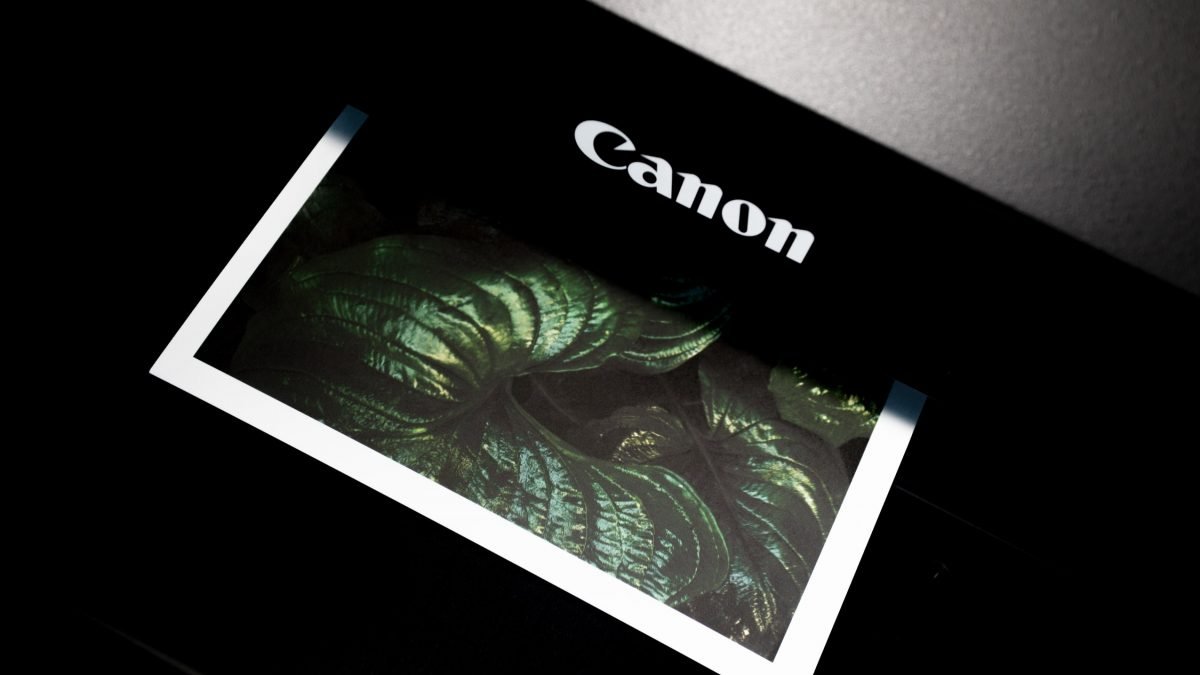Home Printing vs Labs – The true cost of selling Landscape Photography Prints
So you’ve been to the lake district, the yorkshire dales, the north york moors or embarked on some epic landscape photography adventures across the world, and now you finally have a portfolio worthy of attracting a great number of admirers, some of which may wish to purchase such images. So, what is the best way to go about it?
In this guide I’m going to hopefully shed some light on the costs involved with starting out at selling landscape photography prints with the idea that it may help some of you with your decision.
Home printing
With this approach, you are responsible for purcahsing and maintaining the printer, ink and materials yourself. This is the preferred approach for most, here’s why:
Pro’s
- Instant prints whenever you need them
- Cheaper in the long-term
- Can make fine adjustments on the spot
Con’s
- Large upfront cost
- Responsible for maintenance costs should things Go wrong
- Can be tricky for non-tech-savvy persons
Cost Breakdown
The most widely recommended printer in the community is the Canon imagePROGRAF PRO-1000. This puppy comes at a price, though, and can be intimidating for anyone new to the printing world. The cost breakdown for a simple setup of selling A3 and A4 prints is below:
- Printer: £1,250
- 25 x Canson Baryta Photografique paper (A2): £91
- 25 x Canson Baryta Photografique paper (A3): £59
- 25 x Canson Baryta Photografique paper (A4): £32
At those prices, once all 75 prints have been sold, you are loooking at a relative cost-per-print of a whopping £19.09.
Based on the average selling prices (A2 at £39.99, A3 at £29.99 and A4 at £19.99) – once all are sold they would bring in £2249.25 worth of sales – a profit of £817.25
Postage can be averaged out at £6.50 per-print which brings the total profit down to £379.25
If selling on a merchant such as Etsy, the fees and taxes would be around £3 per-print, bringing our total profit down to just £104.75 over the 75 prints
If we did the same experiment with only selling A4 size prints (allowing a postage cost of £3 and fees of £1.60 for the smaller size) then after selling 75 prints we would be making a loss of £159.75 overall. We’d therefore need to sell a lot more prints to break even.
Conclusion
Either you need to sell a lot of small prints, or a decent amount of large prints to break even. Once you have broken even, the profits will increase considerably (although ink and paper will need replacing, reducing profits slightly).
Using a Printing Lab
Using a printing lab means outsourcing all of you printing to a specialist with high-quality printing equipment that the hobbyist photographer could only dream of owning.
Pro’s
- No upfront cost, order when needed
- No maintenance costs
- No expertise required. Simply submit the image and order.
Con’s
- Delays from having the print sent to you first then sending to the buyer
- Additional postage costs
- More expensive in the long-term
Cost Breakdown
There are many labs to choose from, but I will single out two for a very good reason. The first is ThePrintSpace.co.uk and the second is Saal-Digital.co.uk.
The former being what I’d regard as the highest quality and best customer service, the latter being the cheapest whilst still being incredibly high quality. For this comparison I will be using Saal-Digital as the supplier.
As there is no upfront cost, we have 2 options. We can order from Saal-Digital on-demand when a prospective buyer completes a purchase, or we can take advantage of the multi-buy offers to stock up on prints ready for when sales take off.
With approach one, the cost of ordering an A4 print and having it shipped to us is £14.98. Include the cost of us shipping it to the buyer, plus fees and anything else, we end up making a loss of around £0.50p on each print sold at £19.99, or £37.50 overall on all 75 prints. This is clearly not a good strategy. Not to mention the delays from having to wait the the print to be shipped to us before shipping on to the buyer.
With approach two, we stock up and use the endless dfs-style promotions to reduce costs. Now, here’s where it gets interesting. Saal-Digital offer a £30 discount if you spend £85. Their A4 prints are priced at £6.69, which means, if we place 6 separate orders of 13 prints (78 in total) and apply the discount to each order, we will save £180 off the RRP of £521.82 and the relative cost per-print would be just £4.48 including delivery. 1/3rd of the price of ordering on-demand!
Selling at £19.99, we will bring in a total of £1559.22 in sales – minus, postage and cost of the prints would mean a total profit over the 78 prints of £850.61
Conclusion
By stocking up ahead of time and taking advantage of the promotions on offer, you can make a lot of profit with almost none of the hassle from owning a printer.
Which method should you use?
If you want full control over your prints, have money to absorb the upfront costs and plan on selling high-numbers of prints, then home printing is the option for you.
If however, you are unsure whether your prints will sell or don’t have the funds to gamble on buying a high-end printer, then utilising printing labs can be a worry-free way of turning a quick profit.


